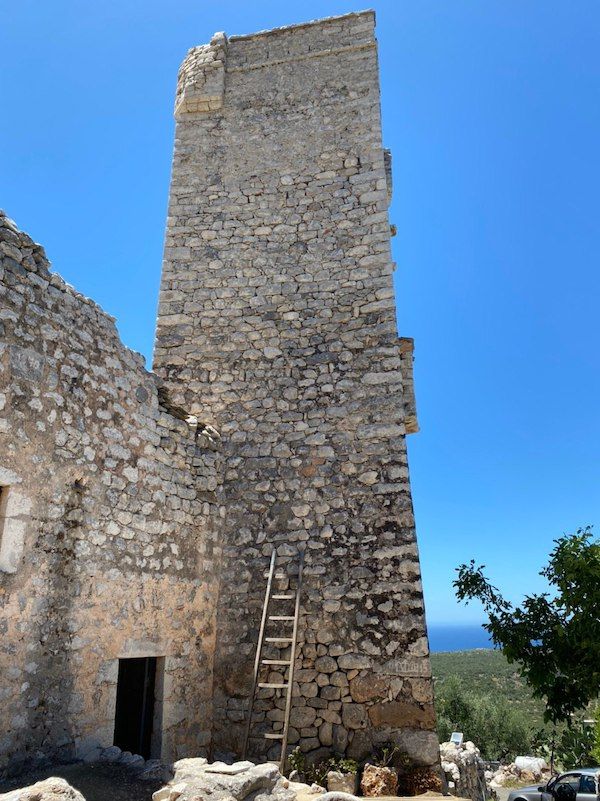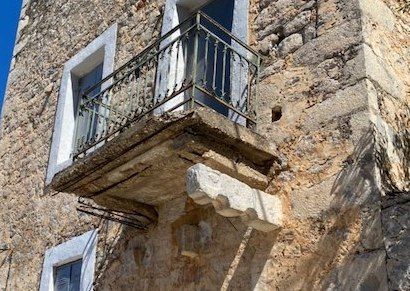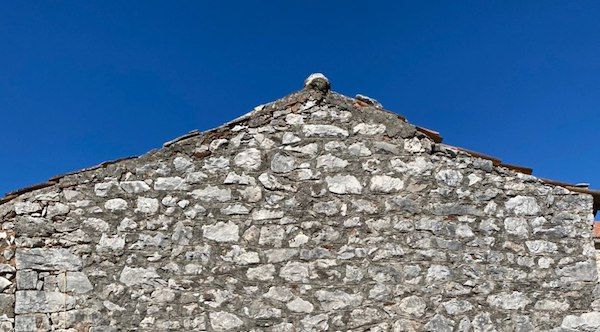Sometimes technology even outpaces common sense. Like invention of concrete that was initially designed for underwater works but later was found to be useful on land as well.
Today you absolutely need this great durable material for constructing a dam or a bridge. But is it really necessary for building a house? “Yes, of course, — will cry builders and architects, — you absolutely can’t make one without concrete! Where will we put all the rebar? What about the foundation for the bricks? What we will smear all the building site with?”.
But even a brief study of Antiquity monuments lets us see that concrete was never used in dwellings or fortifications. Instead of cement, a mixture of lime and special kind of sandstone was used. Even today both components are hard to obtain. Lime — through burning stone in a kiln and sandstone — by scraping cave walls.
This mix not only ensures structural strength but also helps getting rid of condensate by ensuring excellent drainage. Thanks to this, there is no dampness in such premises, that’s so familiar to concrete bunker dwellers.
The second misconception of the cement lovers is that a stone house requires ferroconcrete bedding. It’s true only for clay and swampy grounds. But if we scrape the soil all down to bedrock — that’s where the best foundation lies according to the engineers of Antiquity. Moreover, back then the subsurface part of the walls was laid straight on top of it without any mortar.
Because of its porous surface and water surface tension, concrete bedding absorbs moisture from the soil. Exactly like a sugar cube half-placed in a cup of tea gets fully wet in a matter of seconds, walls of a house built on concrete foundation get covered by mold and fungus.


An epilogue
Today it is very hard to obtain the mixture from the article because of loss of knowledge about the right proportions and additional ingredients. That’s why when you are buying an old house, you won’t be disappointed — safety and comfort from the old times just can’t be compared with modern cheap component mass construction.


